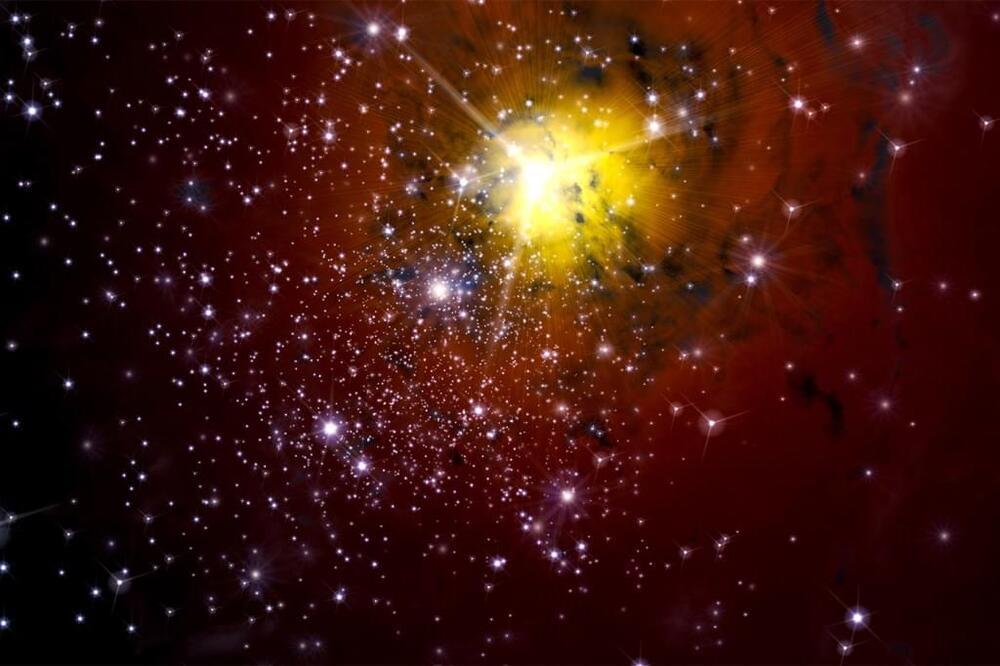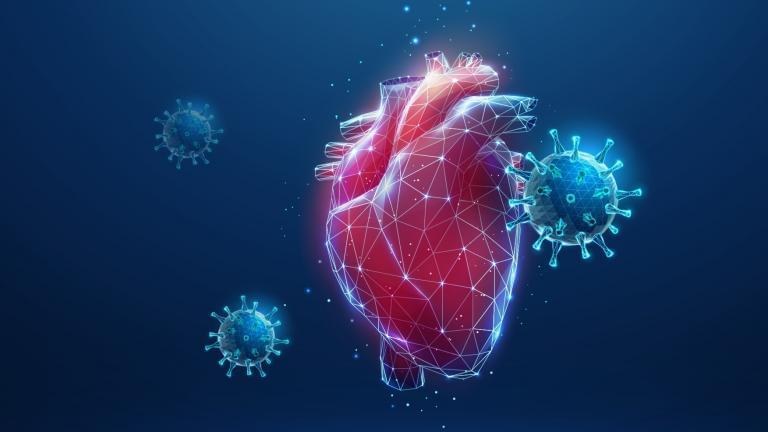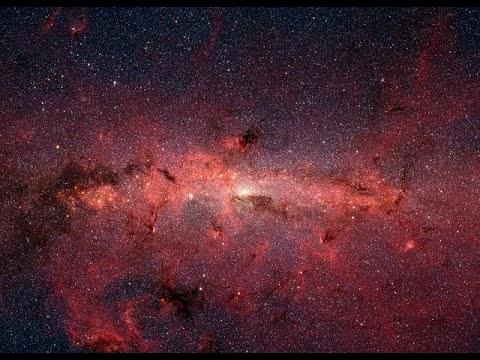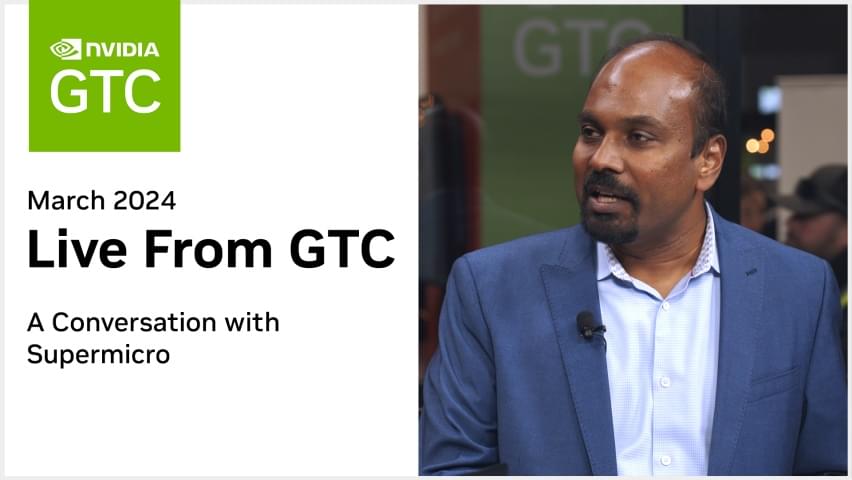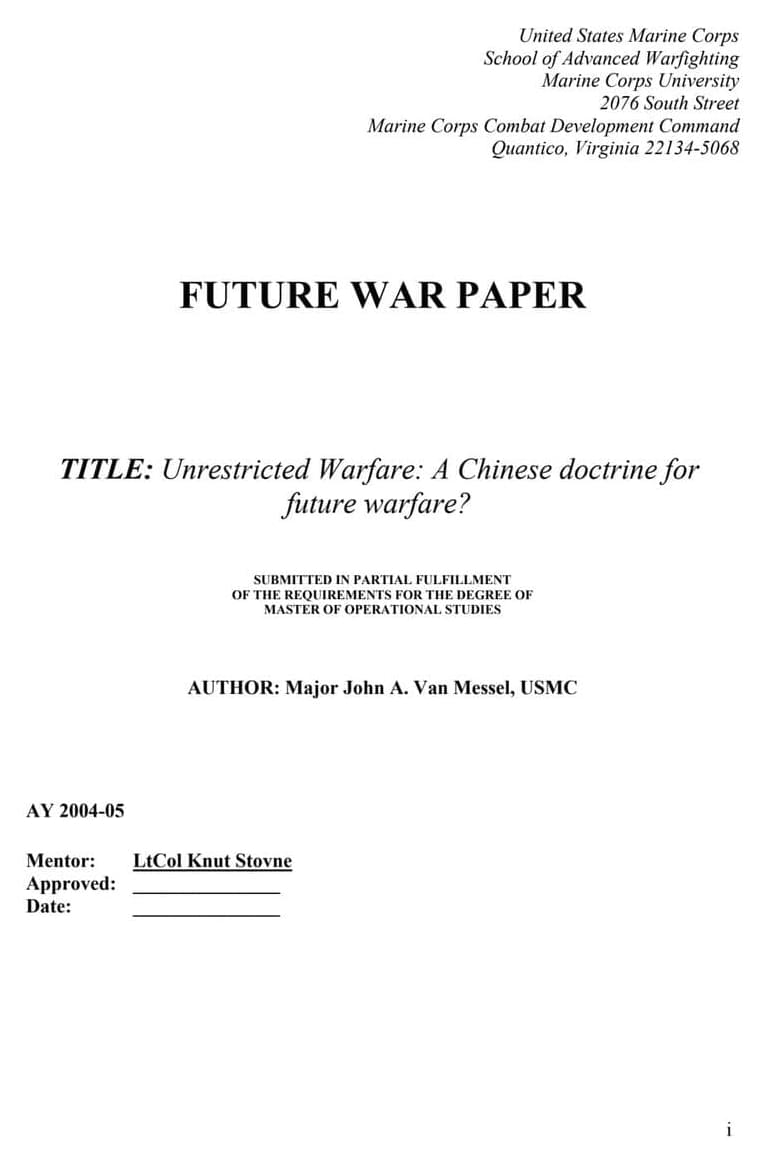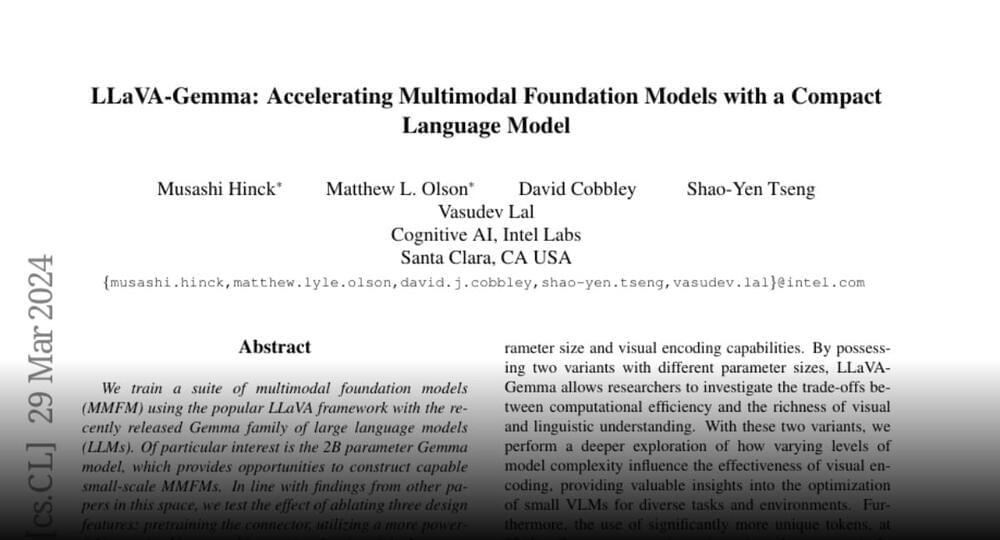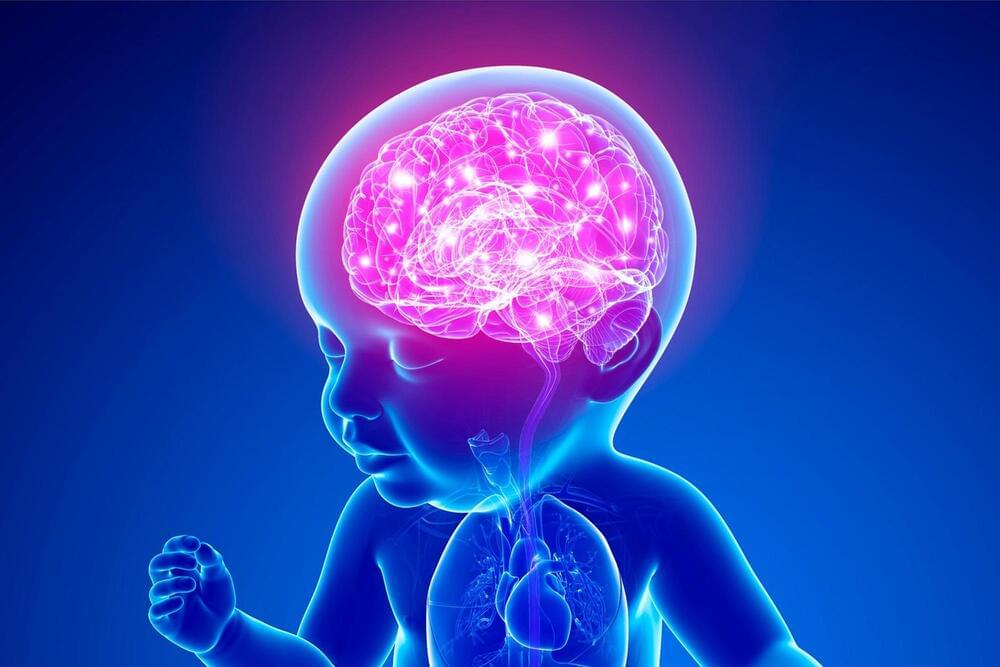The total solar eclipse isn’t the only reason to keep your eyes to the sky this year. For the first time in 80 years, a star system 3,000 light years away will be visible to the naked eye thanks to a once-in-a-lifetime nova outburst.
NASA announced that the nova, which will create a “new” star in the night sky, will light up the night sky some time between now and September and be as bright as the North Star. One of only five recurring novae in our galaxy, it will be visible for a week before it fades back down.
Jonathan Blazek, an assistant professor of physics at Northeastern University, says this is an exciting moment for amateur astronomers and astrophysicists alike. It’s not technically a new star, just a star that is now bright enough for people to see more clearly, Blazek says, but it provides an opportunity to see and understand the cosmos in a new way.
